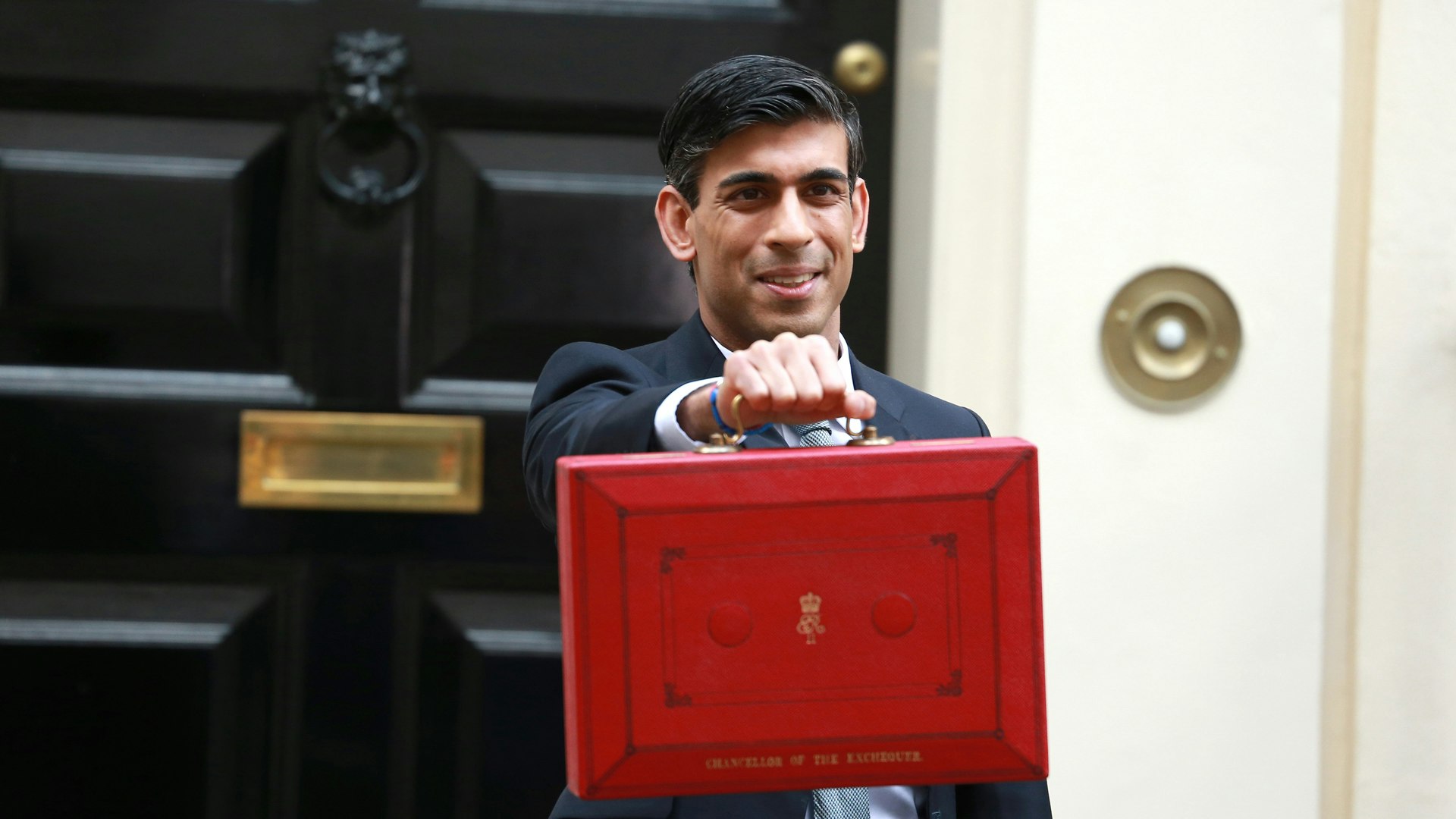MPs have warned the Treasury more than one million people in the UK are falling through the gaps of Government aid in the wake of the coronavirus crisis.
Since the onset of the pandemic in the UK earlier this year, chancellor Rishi Sunak has devised a series of support packages designed to help protect the country and its business against the affects of COVID-19.
Among these initiatives are the Coronavirus Job Retention Scheme (CJRS), which promises to pay furloughed workers 80% of their monthly wage (up to £2,500) from the government pot, and the Self-Employed Income Support Scheme (SEISS) which aims to provide a similar level of support for the self-employed.
The support packages are unprecedented in their scale and cost, with the CRJS alone thought to be running up a bill of £80 billion. But despite this wide scope, three months into the pandemic and more than a million UK workers are still unable to access the supporting funds they need, according to a report from the all-party Treasury select committee.
Five groups falling through the gaps
The report, entitled Gaps in Support, confirms what many designers around the country have already been experiencing – and something Design Week reported on back in March.
Five specific groups have been highlighted as being particularly at risk of going without state aid, all of which are common within the design industry.
They are:
- Freelancers and short-term contract workers – In industries where short-term contracts are the norm, many workers are ineligible for both CJRS and SEISS, according to the report. This is for a combination of reasons, including not being in employment at the designated cut-off and not having made more than half their income from self-employment. Around 780,000 people in this group are thought to be affected.
- Self-employed with trading profits above threshold – The annual trading profits cap for SEISS is £50,000 and those earning even slightly over this are ineligible for support. Sunak says supporting those who earn more than this was “not right”, however the report says thousands of people are potentially suffering hardship because the cap is “arbitrary”.
- The newly self-employed – With no tax filings for the last year, those who have become self-employed in the last 12 months are unable to access support. Data from the ONS quoted in the report suggests around 150,000 people could be affected by this.
- Directors of limited companies paid largely through dividends – The report highlights the government’s inaction against those who run their own limited company and derive the majority of their earnings through dividends.
- New starters – Submissions made to the select committee revealed many people who had unknowingly started a new job after the initial CJRS cut-off date (28 February) have been unable access financial support. The cut-off date was extended (19 March) to fix this, but issues still exist with employers submitting the required paperwork to HMRC to get new starters on the payroll late.
Solutions moving forward
Though committee chair Mel Stride MP acknowledged the government’s “scale and pace” in reacting to the crisis, the report says it has “failed to address” concerns over the many people falling through the gaps.
“The committee has identified well over a million people who – through no fault of their own – have lost livelihoods while being locked down and locked out of the main support programmes,” Stride says. MPs on the select committee have posed a number of solutions for the government to remedy the situation moving forward. In the case of new starters, for example, it recommends once again shifting the cut-off date to 31 March.
To fix the issues faced by the country’s five million self-employed workers, the report suggests the government undertake an “urgent review” into how it can get money to the newly self-employed, while also removing the arbitrary £50,000 cap on the SEISS for those earning just above. In the case of short-term contract workers, the report recommends the creation of another support scheme that will allow for parity between freelancers and other workers.
As for limited company directors, many of whom in the design industry will be sole traders, the report refers to the solution already proposed by the Association of Independent Professionals and the Self-Employed (IPSE). The ready-made solution would see HMRC request additional information about a director’s proportion of dividends and require self-certification by the applicant.
Government has “more time to tackle complexities” now
Ending the report, the authors acknowledge the administrative barriers that have had a hand in shaping the government’s support packages as they stand today.
“When challenged about gaps in support the Chancellor has often cited the administrative difficulties in addressing issues given the speed with which he has to act,” it reads. “However, he has now extended the schemes and therefore has more time to tackle these complexities.”

- Design disciplines in this article
- Industries in this article
- Brands in this article









